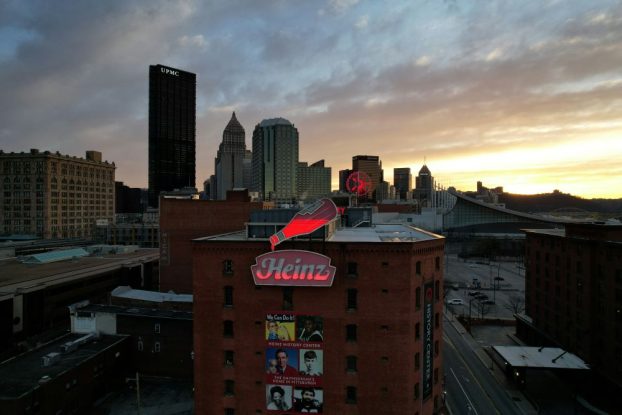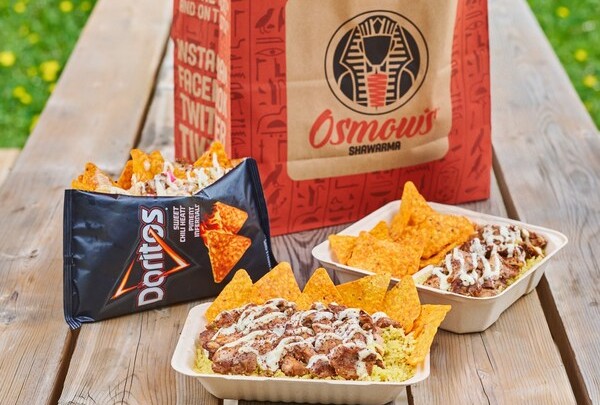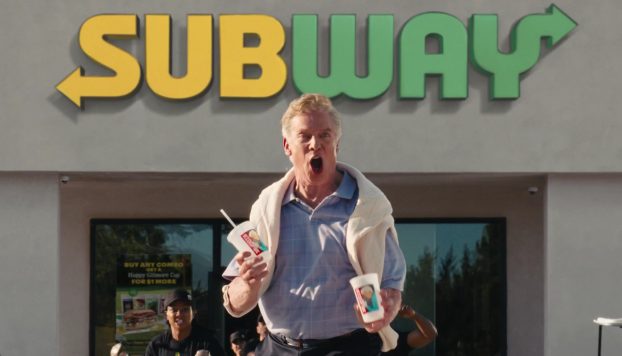AGENCY | BRONZE
This story was originally published in the 2023 fall issue of strategy magazine.
It’s said that you can’t choose family, but McCann is proving naysayers wrong. In fact, according to president Ryan Timms, it’s successfully leaned on its chosen “family” of agencies to execute campaigns, using the help of data crunchers at MRM, PR pros at Weber Shandwick, production experts at Craft, media mavens at Initiative and sponsorship specialists at Momentum.
McCann’s expertise, he says, spans multiple capabilities and regions. By virtue of its size, the agency is able to have conversations with those headquartered in other geographies to get a better sense of where a market or category is headed.
“Having that global view nowadays is very helpful,” Timms notes.
A compelling advantage of its agency network is also seen in its ability to work across capabilities. That means being able to cross-pollinate ideas and apply learnings, what Timms calls “McCann’s superpower.”
“French Toast Guy,” for the Wendy’s brand, is one of its more successful collaborative efforts, with the shop’s network partners in both media and production banding together to pull off a viral stunt. The QSR confused Toronto subway commuters when they spotted an unassuming traveller who set up his own fine dining table on a subway train, complete with French toast, maple syrup, a tablecloth and a tucked-in napkin.
Initiative, part of the McCann network, leveraged its partnerships with media properties to “shift the narrative in the press from ‘Who is French Toast Guy?’ to ‘Why Wendy’s was behind it.’ Initiative was crucial in making that happen,” says Timms.
When footage of the subway diner began to circulate online, McCann called on its partners at Craft Worldwide to edit footage in real-time and create platform-specific posts for social. “Having them on hand allowed us to move as fast as Canadians did for their interest in ‘French Toast Guy.’”
And interest was considerable: the campaign earned 25.6M impressions in the first week, reaching 243M people. Wendy’s breakfast sales increased 30%, driven largely by in-app orders, which increased by 74.8%.
Mastercard’s “True Name” campaign, aimed at directly addressing deadnaming and allowing transgender people to use their chosen name on their cards, is another example of cross-agency collaboration.
The work first emerged out of McCann’s New York office, with McCann XBC rebranding a popular LGBTQ+ neighbourhood in Manhattan’s West Village as “Acceptance Street,” complete with “Nonbinary Street,” “Gay Street” and others. Mastercard garnered over two billion impressions in the first three weeks of the campaign, including 15M impressions on Snapchat from consumers engaging with and sharing more than three million custom filters.
“Canada was the next market to follow,” Timms explains. “Because McCann leads Mastercard in the U.S. (and around the world) we were able to work closely with the team in NYC, learning from what they did and applying that to our launch efforts and ultimately producing something truly powerful.”
The Canadian work, which included a video featuring transgender people describing the difficulties they’ve faced when it comes to deadnaming, generated more than 8.1 million impressions through earned media and a 29.9 million reach via social.
But the agency’s success is not just in being able to work with and across a diverse set of agency partners. Having in-office diversity, Timms says, has also gone a long way in helping McCann ensure clients get the right solutions.
He cites the agency’s work to rejuvenate Kids Help Phone as an example. McCann refreshed its brand identity and positioning, and launched its biggest fundraising drive in support of youth mental health in Canadian history.
“Being able to assemble a very diverse team around KHP’s needs ensured that we brought the right diversity of perspective to our work,” he says. Since launch, internal metrics revealed that 80% of youth believe that KHP understands and is relevant to the country’s diverse population – an 11-point lift vs pre-launch.
Timms shares that McCann “rigorously” measures its staff composition to make sure it’s diverse and reflects Toronto, and that the agency is part of the federal government’s workplace equity program. He does, however, concede that one of the biggest challenges it faces today is having better Indigenous representation – something it’s particularly focused on.
A diverse workforce, which can call upon members of its “family” for assistance, means McCann can address the needs of any brand.
New Business
Norwell Acadian Plant Health, Skyscanner, Petro-Canada, Phillips Brewery, ATCO Energy, Hockey Diversity Alliance, Calgary Board of Education, Melanoma Canada
New Hires
Fernando Salvador Hoyos, Stef Fabich, Andrew Brown, Megan Hardisty, Laura Rodriguez, Ben Archer
Offices
Calgary, Montreal, Toronto
Staff
216
CASES

1. Show how much you care. McCann and the Petro-Canada CareMakers Foundation illuminated the tireless, often invisible, work of eight million family caregivers in Canada with “24 Hours of Care.” The groundbreaking 24-hour digital caregiving experience offered an intimate view into the daily challenges and triumphs faced by real caregivers, providing empathy and insight.

2. To boost breakfast sales for Wendy’s, McCann launched a humorous campaign featuring “#FrenchToastGuy” eating breakfast on a Toronto subway. The campaign went viral, boosting sales of the QSR’s French Toast Sticks.

3. McCann and Love & Nudes addressed breast health disparities in Black women with the Stage Zero Collection — a line of bras as self-examination aids to understand breast cancer on different skin tones.

4. L’Oréal Paris Canada and McCann collaborated with Right To Be for its Stand Up Initiative, encouraging Canadians to intervene against street harassment.

5. For Kids Help Phone, the agency showed the full spectrum of emotions that mental health includes, so that youth can talk about their own feelings.























